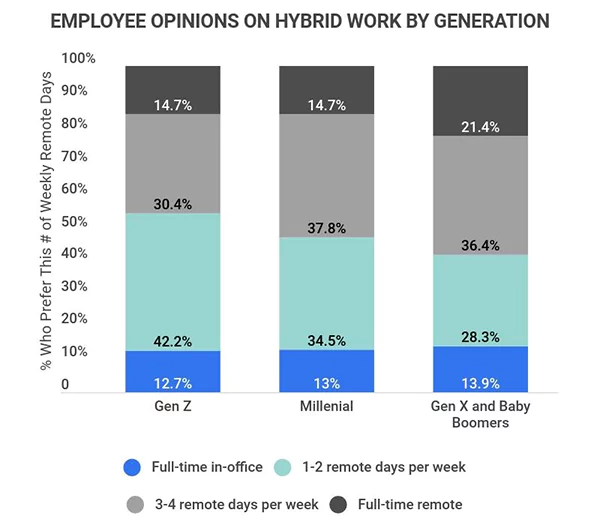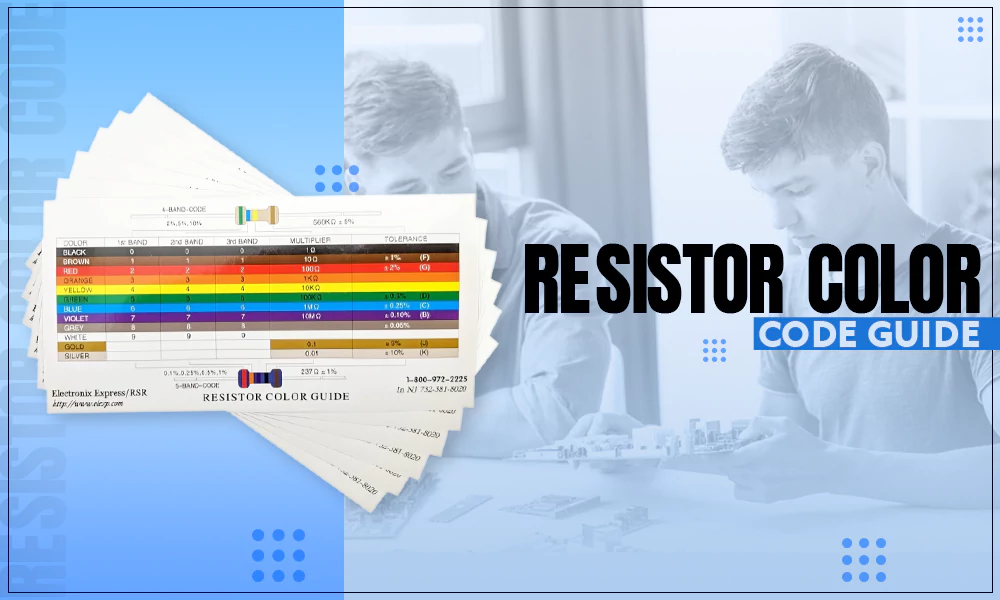Navigating The Art of Designing a Hybrid Office in The Tech Era

You all have been through a global pandemic that took the world by storm and overturned everything, offices are such examples. The concept of the traditional office has undergone a complete transformation.
The rise of new technology and changing attitudes toward work-life balance have given birth to the hybrid office—a dynamic environment that seamlessly blends distant and in-person partnerships.
Crafting an effective hybrid office in the tech era involves finding a delicate balance between physical and virtual spaces. That’s why you should go through this article that goes through the art of setting up a remote workplace in detail.
Embrace Flexibility
The hallmark of successfully designing a hybrid office is the flexibility that it offers. Create a space that adapts to the diverse needs of your workforce, allowing staff to seamlessly transition between remote and in-person jobs.
Introduce flexible workstations, hot-desking options, and collaborative spaces that support different work styles. Flexibility empowers employees to choose where and how they work most effectively.
Leverage Advanced Technology
The innovations are known to be the backbone of a successful hybrid office. Invest in state-of-the-art communication and collaboration tools that fill the gap between isolated and in-person work.

The above pie chart shows the report from managers on workplace productivity after implementing a hybrid office.
High-quality video conferencing, online collaboration platforms, and cloud-based document sharing are necessary components.
When you flawlessly integrate the technology, it will make sure that workers remain connected regardless of their physical location.
Create a Collaborative Hub
Design a physical space that serves as a collaborative hub for in-person interactions. This hub should be equipped with advanced communication tools, comfortable meeting spaces, and interactive technologies.
It becomes a central point where team members can gather for brainstorming sessions, workshops, and face-to-face collaboration, giving them a sense of companionship and innovation.
Did You Know?
Companies save $11,000 per year/employee in a hybrid environment.
Prioritize Employee Well-Being
You need to take care of the employee’s well-being, as it is a cornerstone of successful remote office design. Create a workspace that supports bodily health and mental wellness.
Introduce convenient furniture, provide natural light, and designate areas for relaxation. Offer flexible schedules and encourage interactive breaks to fight the possible dangers of remote jobs, such as isolation and burnout.
You can offer them incentives after you finish a project or offer them bonuses here and there to keep their mind and body healthy.
Foster a Culture of Inclusivity
In a hybrid office, inclusivity becomes paramount to keep the employees and higher-ups together. Ensure that distant employees feel fully integrated into the team.
Schedule virtual team-building activities, include distant participants in meetings, and leverage collaboration tools that provide equal footing to both in-person and remote contributors.
A culture of inclusivity strengthens team cohesion and productivity.
Encourage Personalization
Empower employees to personalize their workspaces, be it at home or in the office. Provide the flexibility for individuals to create a helpful environment that suits their preferences and enhances productivity.

The above graph shows the employee’s opinions on hybrid work based on the different generations.
Personalization lets the workers feel a sense of ownership and comfort, contributing to a positive experience and a healthy mindset toward the job.
Implement Smart Office Solutions
Use clever practices or tools to enhance the efficiency and sustainability of the workspace. Smart lighting, temperature control, and occupancy sensors contribute to a comfortable and energy-efficient environment.
These technologies not only improve the overall workplace experience but also keep up with the modern, tech-driven spirits of the hybrid office.
Develop Clear Communication Protocols
You should establish clear information relay protocols to navigate the challenges of a distributed workforce. Define expectations regarding communication channels, response times, and meeting schedules.
A well-defined transmission strategy helps maintain cohesion and ensures that information flows seamlessly across both physical and virtual spaces.
Provide Training and Support
If you want to transition to a hybrid work model, it may require new skills and habits. Provide training and support to employees to navigate the issues of remote partnership and effectively use digital tools.
The hybrid office can cause issues within the employees and affect them negatively, that’s why you need to give them enough support, so they can manage it without any worries.
This proactive approach ensures that the workforce is equipped to thrive in a remote environment.
Emphasize Data Security
As the hybrid office relies heavily on digital tools and remote access, data security is of the utmost importance.
Implement robust cybersecurity measures to protect sensitive information and educate employees on best practices for secure isolated efforts, including the use of secure networks and adherence to data protection policies.
Conclusion
If you want to design a successful hybrid office in the tech era involves a thoughtful blend of physical and virtual elements.
Embrace the above-mentioned practices to create a remote workplace that promotes productivity, connectivity, and employee satisfaction.
As the new generation is getting hired in the workplace, you need to adapt according to their needs and change the working system to a more interactive one, using Hybrid practices.
Also Read: The Top 5 Things to Get Right in Your Hybrid Office










